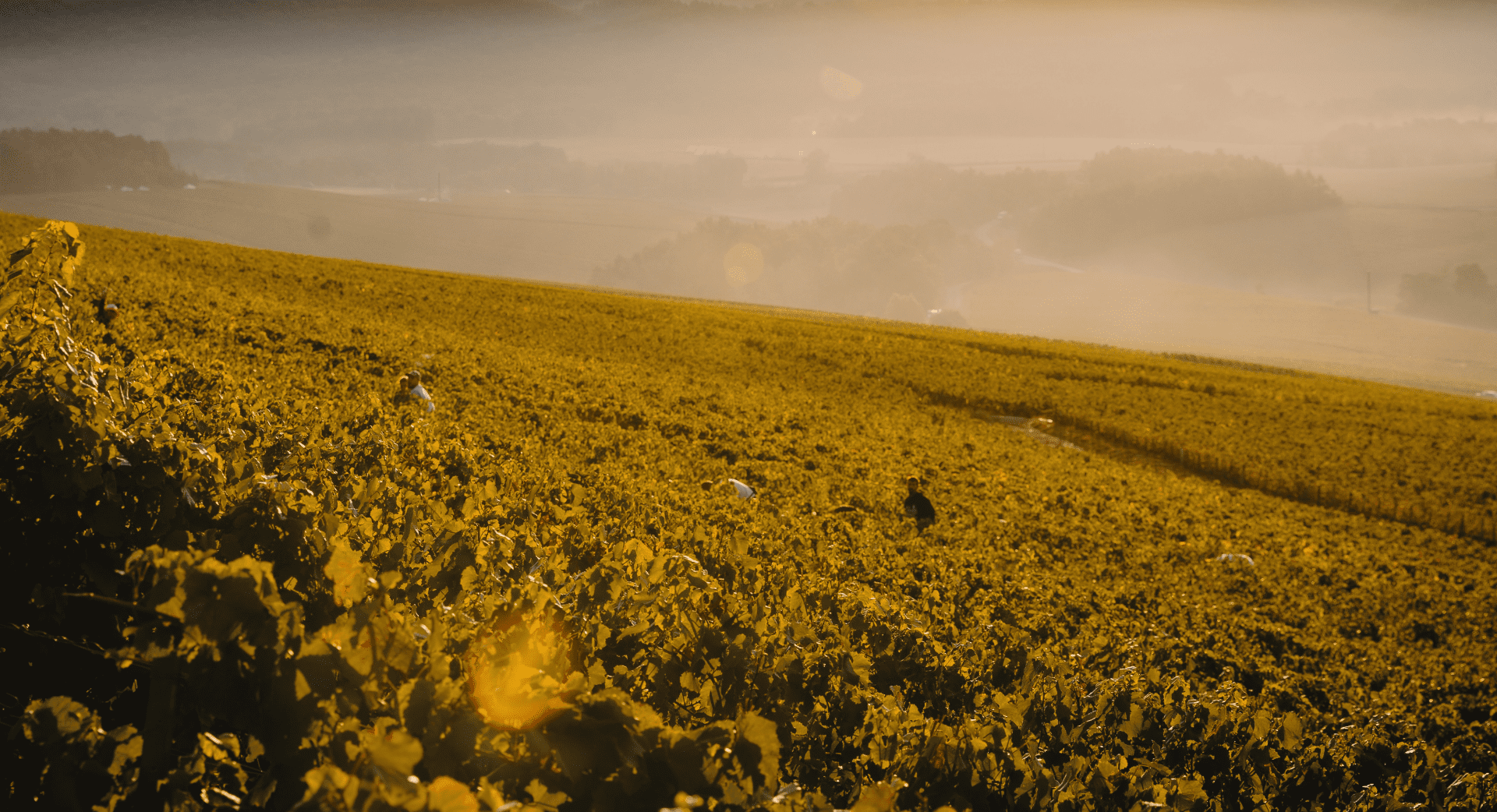
Part III


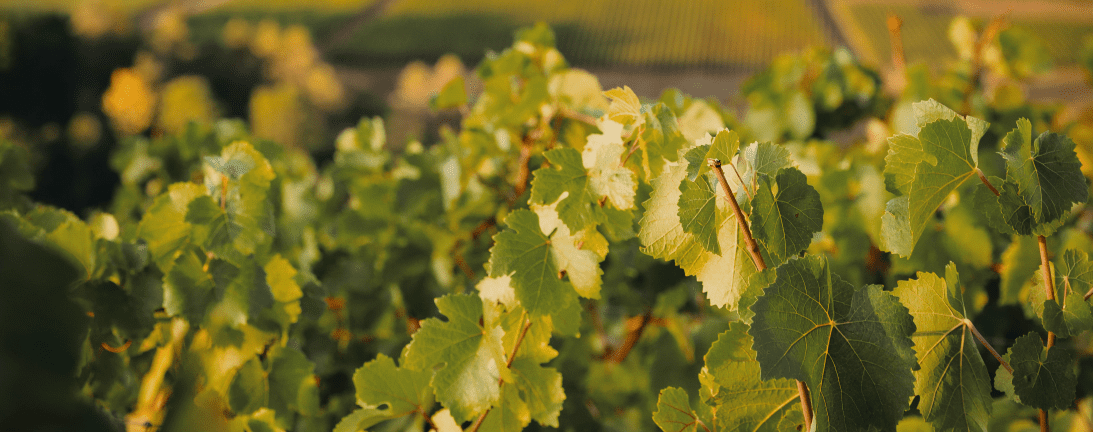

In the beginning, there was the vine
A l’extrême Sud de l’appellation, au croisement des savoir-faire champenois et bourguignon, le Domaine Alexandre Bonnet vit et vibre au rythme des vignes. Car c’est bien là que se fait le vin, le raisin exprimant à la fois la terre de sa Contrée et sa mémoire des saisons. Les 23 Contrées de la propriété ont toutes une orientation, une épaisseur de sol et une pente différentes. Chacune offre une émotion particulière, révélée chaque année en bouteille. Chez Alexandre Bonnet, la vinification est ainsi réalisée, parcelle par parcelle, selon le mode bourguignon, en mobilisant l’esprit plutôt que l’intellect, les sens plutôt que la raison… Une démarche à part en Champagne.
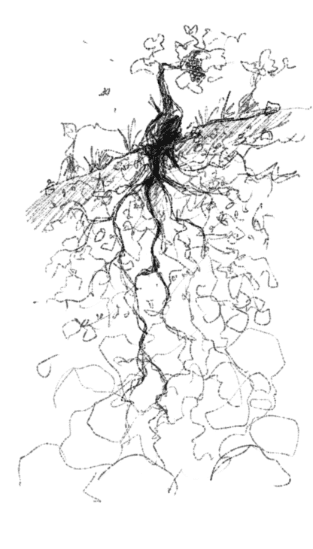
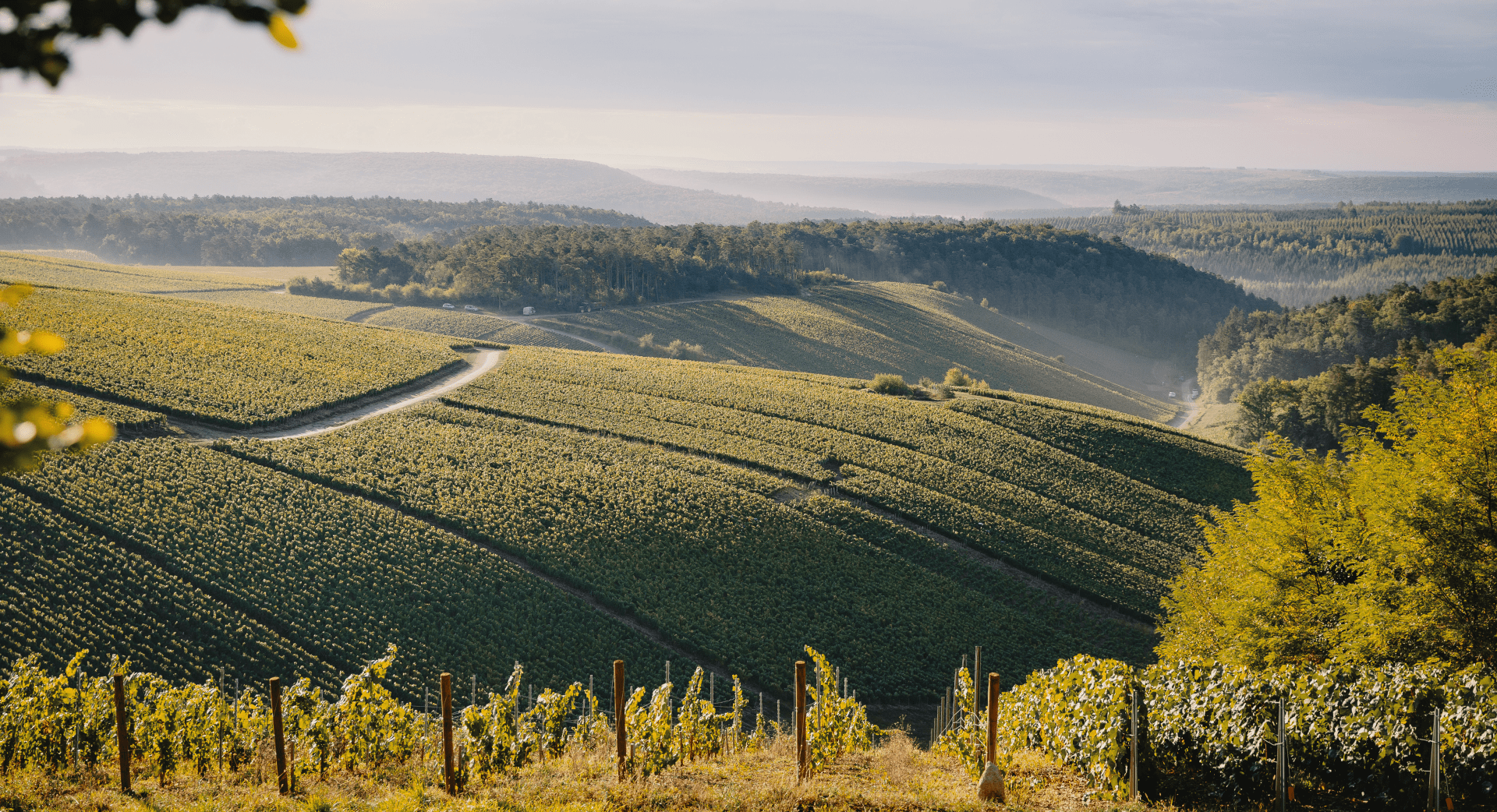
Preserved, sincere champagne
The search for harmony in a wine is a complex task, and at Alexandre Bonnet is patiently achieved following the cycles of the vine and the seasons, from parcel to cellar and from cellar to parcel. The Domaine’s vinifications are heavily influenced by vintage. The final blend is underscored by the depth of the reserve wines, which are selected based on their original parcel and vintage. This process of making authentic wine is both very demanding and very representative of the Domaine’s culture.
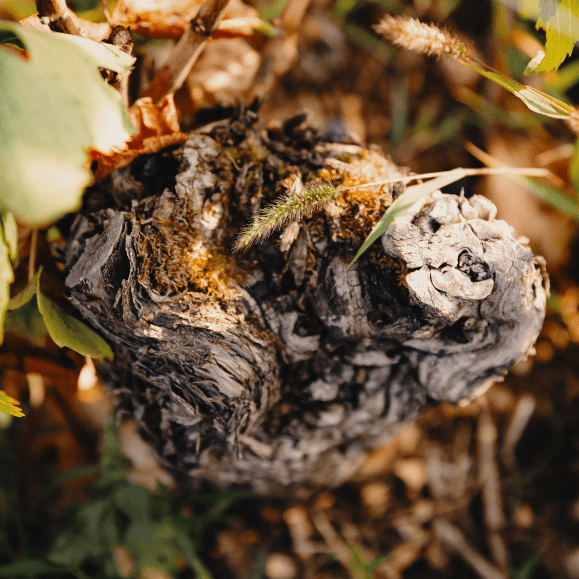
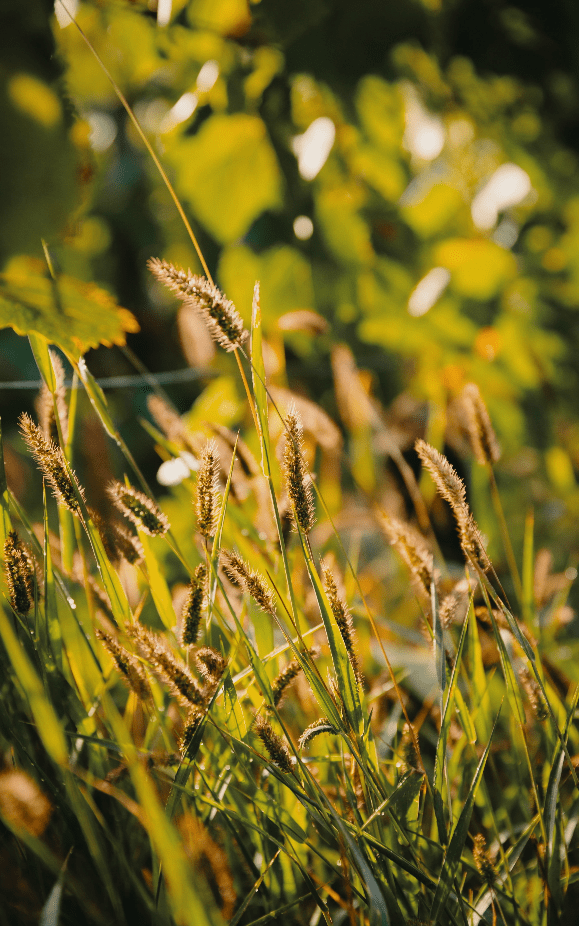
When nature nurtures, GRAPES grow strong.

When nature nurtures, GRAPES grow strong.
Rosé des Riceys: the Domaine’s little gem
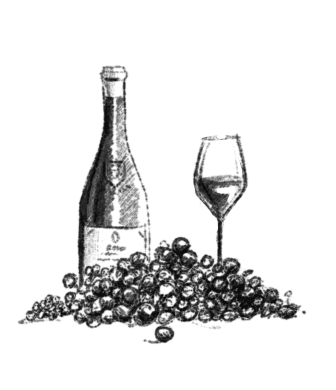
This appellation is both magnificent and unique, and many are surprised to learn that it is made in Champagne. Produced in small quantities from whole-bunch macerated Pinot Noir, Rosé des Riceys is the perfect reflection of the terroir in this part of Champagne, with its strong ties to Burgundy. Showing painstaking attention and providing constant care, Domaine Alexandre Bonnet has produced this exceptional cuvée with subtle floral notes almost every year since 1985.

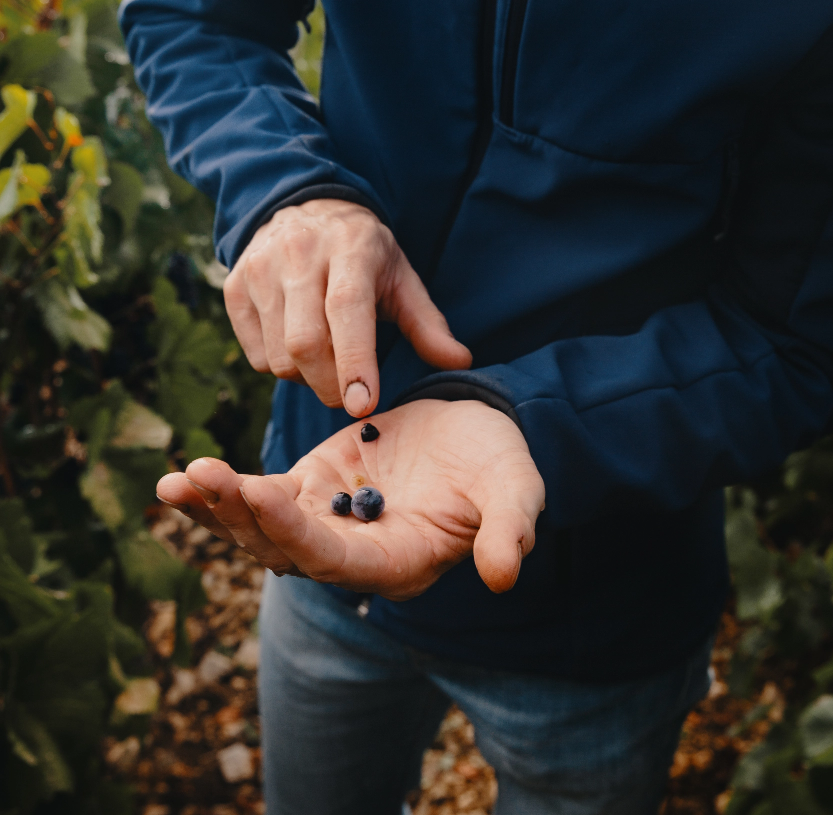
ALCHEMY: The art of transforming ordinary life into POETIC and miraculous fiction
Alchemy between intuition and imagination
One of the challenges in making wines at the Domaine is to release notes of fresh and ripe fruit, sprinkled with spices, over a powerful and vibrant backbone, and blend them together in harmony. Working on each parcel to ensure it expresses its full potential, Domaine Alexandre Bonnet manages to produce six different types of wine from the same grape variety: Pinot Noir.
The most beautiful things in the world cannot be seen or touched they are felt with the heart The Little Prince, St-Exupéry
The most beautiful things in the world cannot be seen or touched they are felt with the heart The Little Prince, St-Exupéry
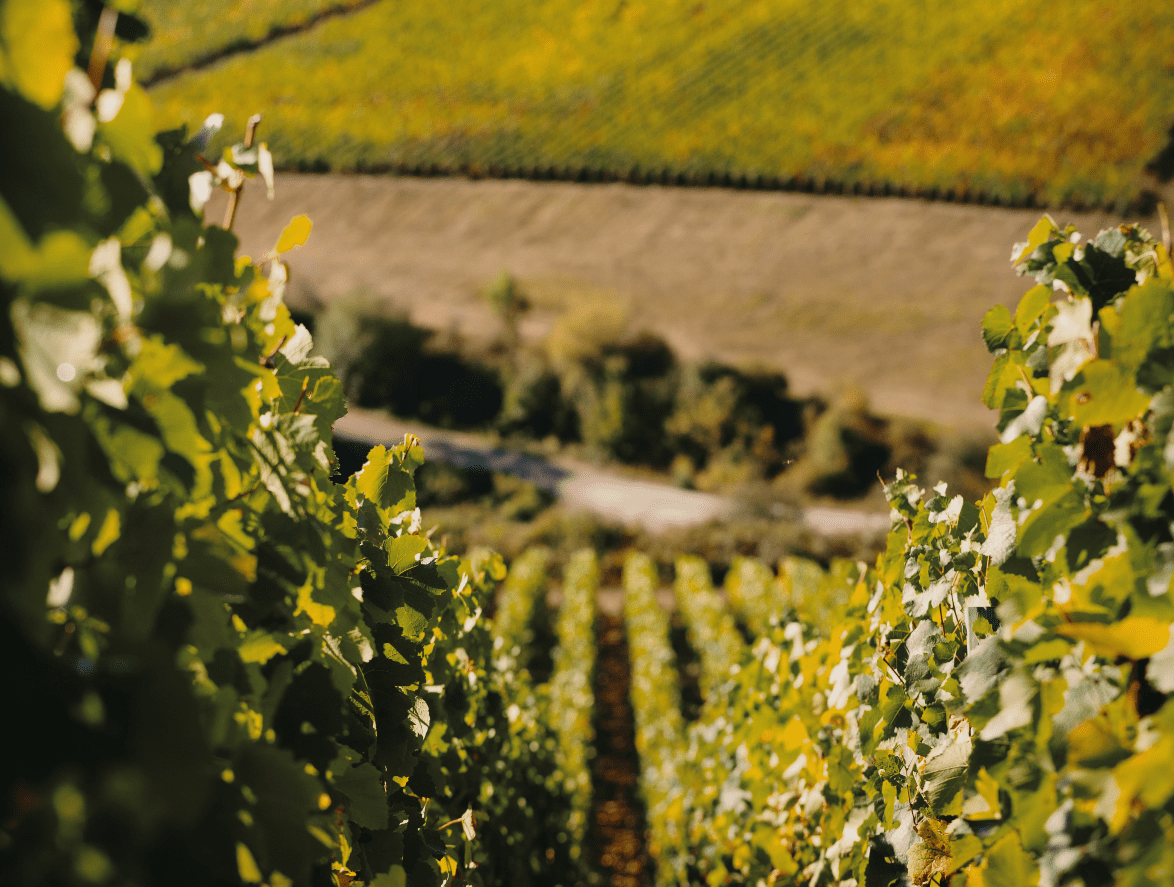
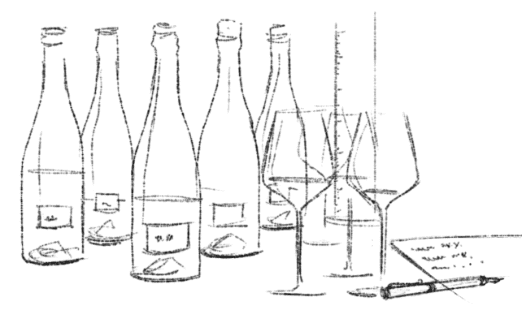
Les Contrées – 7 grape varieties, a unique parcel in the whole appellation, because it is planted with the seven historic champagne grape varieties (Pinot Noir, Meunier, Chardonnay, Blanc Vrai, Buret, Arbane, and Petit Meslier). Grapes from another Contrée known as La Forêt, are also used to produce four other wines: Rosé des Riceys, Coteau Champenois and two champagnes: a Maceration Rosé and a Blanc de Noirs. Didier and Irvin believe that the special features of the terroir and the Domaine itself contribute to the wines’ fabulous aromatic palette, producing almost alchemical blends, freeing both the intuition of the senses and the imagination.

In a countryside, not so far, far away…
In Champagne, it is known as a Lieu-dit. In Burgundy, a Climat. On the Côte des Bar terroir, it's a Contrée. All these romantic names refer to the same thing: an area of land planted with vines, which has different qualities from its neighbour, faces a different direction, has a different slope, or is exposed differently to the wind or sun. Sometimes the grape variety or age of the vines may differ. The many different Contrées therefore do not experience the cycles of nature in the same way, and do not produce the same fruit. These qualities are what makes an estate such as Alexandre Bonnet so complex and diverse. The task for producers is to reveal the characteristics of each parcel, even areas within a parcel, to determine the most interesting Contrée for such and such a cuvée; to find balance within the wines, as well as in grape varieties and vintages.



I believe that winemakers need to be in contact with their vines and their environment before they can harvest the fruit. I wait until that point before I can make a wine based on how I feel at the time, my instincts. All five senses must be applied in understanding and respecting wine. Irvin Charpentier, Oenologist, who produces the wines of the Domaine
I believe that winemakers need to be in contact with their vines and their environment before they can harvest the fruit. I wait until that point before I can make a wine based on how I feel at the time, my instincts. All five senses must be applied in understanding and respecting wine. Irvin Charpentier, Oenologist, who produces the wines of the Domaine
